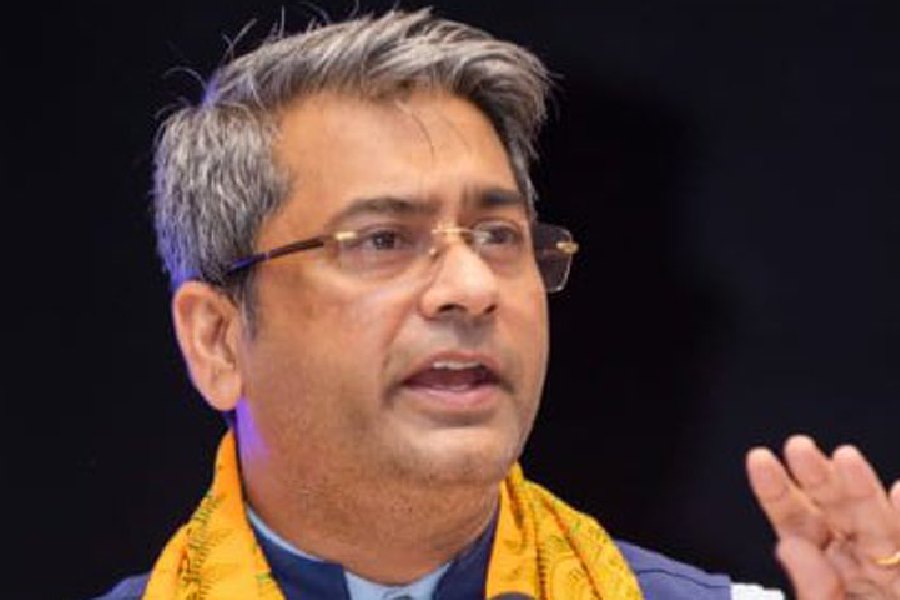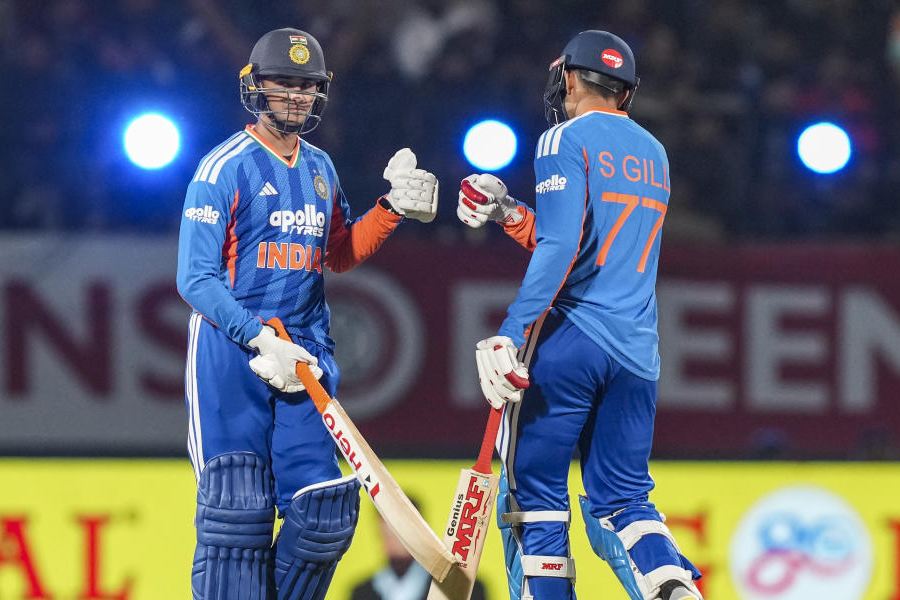In the past couple of years, two movies have generated an immense amount of discussion, debate and socio-political turmoil — The Kashmir Files and The Kerala Story. At one end of the spectrum, Left-leaning politicians and activists called for their ban and, on the other end, in a very unusual move, innumerable members of the Bharatiya Janata Party, beginning with Narendra Modi and including various chief ministers, backed both films and provided aggressive social media support, tax breaks, and even arranged special screenings.
As an artist, any kind of ban bothers me because citizens can have their own ‘legitimate’ reasons to ask for a ban on any work of art. In a civilised and liberal democracy, we must allow for varied discourses. Whether or not a narrative bothers our sentiments, its right to exist as an art production cannot be infringed upon. Though our fundamental rights place caveats on our freedom of expression, my personal opinion is that there cannot be restrictions based especially on vague and interpretative clauses. Having said that, there are other nuances that exist beyond the constitutional gospel. There is a difference between a member of a marginalised community and I. Hence the confidence with which I demand complete freedom may not be shared by people whose life and history have been at the receiving end of systemic social, cultural, and political discriminations. The cultural majority has always freely stigmatised the marginalised using the power of ‘freedom of expression’.
At the same time, most of those who are harassed using the clauses that place restrictions on our freedom of expression come from the marginalised groups. It is, therefore, an inescapable trap within which they are caught. Hence, in an uneven society, we need to be careful while arguing for complete freedom. Unless we work to alter this unevenness, freedom will always remain the privilege of a few.
There can be absolutely no argument that these films were made with the intention of targeting Muslims in India. The charade that they merely tell untold stories does not hold water. Even those who love these movies know that their support comes from a deep-seated hatred towards Muslims, something that has been embedded within our psyche. These films play on that insecurity and connivingly substantiate that dislike. One cannot ignore the social privilege of the film-makers themselves and the arrogance that, unfortunately, has come with it.
All stories have a right to be told. The struggles and the trauma of any people that a film-maker feels need to be artistically interpreted can be made. Therefore, the story of the Kashmiri Pandits and the girls who were allegedly caught in the ISIS web need to be told. But when a film discards all complexity while telling the story and consciously portrays almost every character from a community as evil, it transgresses into the territory of the immoral. The film, thus, immediately loses its artistic spirit. Art must acknowledge and wrestle with the vagaries of human thought and behaviour, confront contradictions, and allow for the in-betweens to play out within the minds of the audience. This must happen in any kind of film, be it romance, action, comedy, mystery, historical or fantasy. When this is ignored, the film becomes an advertisement, a hard sell of a commercial product. In the case of these films, the product is Islamophobia.
These films have used historical happenings in a scheming manner. They are not claiming exacting historicity; yet the films have been advertised and presented as real tellings. The film-goer believes he/she is watching a historical and the film-maker uses that mindset to induce in him/her heightened emotional turmoil and aggression. Within picturisations, dialogues and screenplay, history, reality, imagination and socio-political agenda are blurred, confused and deliberately juxtaposed. Lies are slid in with ease. By consciously holding this extremely manipulative position, these film-makers have ensured that audiences consume every dialogue and context as a reflection of what exactly occurred and automatically convert them into generalisations about a community. Since this is placed on already established biases, the end result is preordained. None of this is accidental — the film-makers intended such a brainwashing. Therein lies the dangerousness of these films. In a social media-obsessed world, executing such a post-truth plan is, indeed, much easier, especially when it has the support of the Establishment.
But it would be disingenuous if we do not recognise that this form of film-making is not new. Take the case of India-Pakistan war or espionage-based films. Nearly every Pakistani in these films has been portrayed as an India-hating demagogue. A ‘good’ Pakistani is always one who accepts that his country is horrible. These were not benign nationalistic films; they were made for us to detest Pakistanis and accentuate our anger. We rarely objected to these works, or accused them of lacking in modulation. None of us really knows where the ‘truth’ of the events lies and have never bothered to ask this question. Because hating the Pakistani is kosher socially and politically, we do not recognise that the same techniques we find disturbing today were employed in those films and continue to be done.
This kind of film-making has also dug us deeper into entrenched patriarchal, casteist and regressive social mores. People have been stereotyped, dumped into tight boxes, and social segregation has been justified. The way women, Dalits, Muslims and people of the LGBTQ community are presented in many films is as deeply problematic and violent as The Kashmir Files or The Kerala Story. Even narrations that are meant to be socially aware vulgarly use violence to objectify the marginalised and titillate our baser instincts. But those of us who are pointing to the problems in The Kashmir Files and The Kerala Story have not taken up these causes with the same gusto. We cannot choose our moments of speaking up based on our own pet causes.
Reacting to the ugly intentions of films is a necessity. But the problem will not go away because of our outbursts. These have to be understood within the larger context of our social wrinkles. Otherwise, we will continue to harbor constricting views that get reaffirmed through such film-making. We have to reflect on our responsibilities as makers and receivers of art. I am not advocating political correctness; rather, I am advocating social awareness and self-reflection. Often, we provide excuses for films by saying things like ‘don’t take everything seriously’ or ‘it is just a film.’ This kind of casualness has to end. Unless we are eternally watchful as artists and the audience plays its part as engaged ‘rasikas’, such films will continue to be made. Art by itself can do nothing to change society positively; we must want that to happen. And this will happen only if we can take on the constant responsibility of sharing humane values and cultivating sensitivity. Unfortunately, our social culture seems to be one that does not believe in serious learnings, equity and love in their truest sense.
T.M. Krishna is a leading Indian musician and a prominent public intellectual











